#Webb Zerafa
Photo
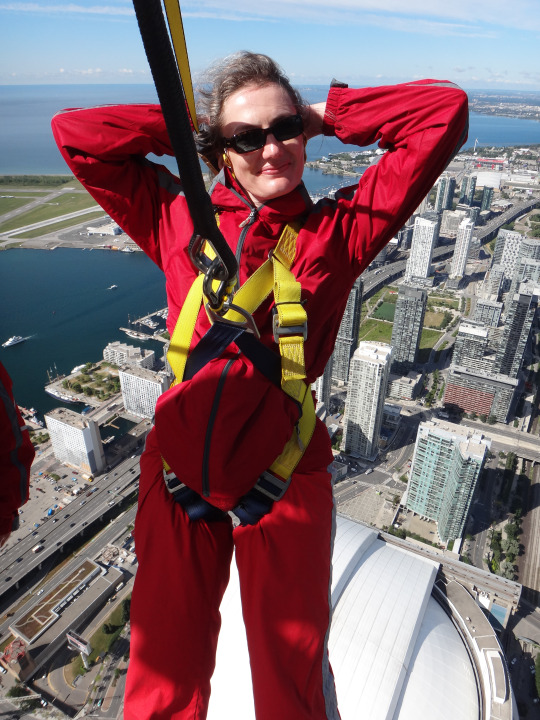
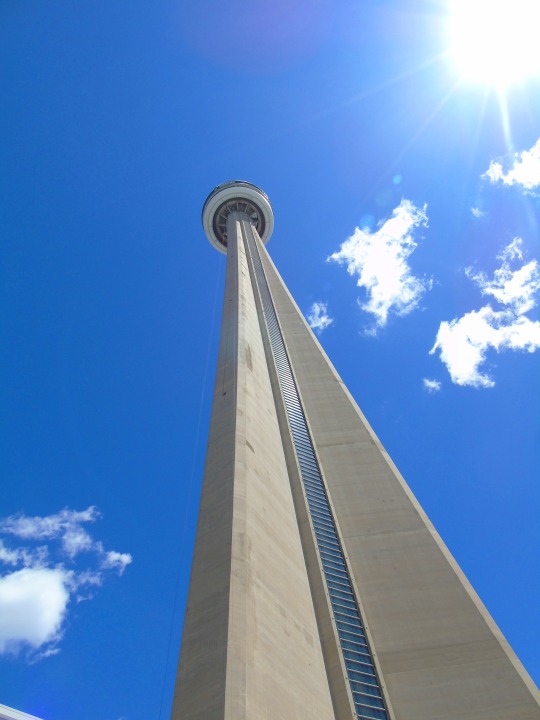

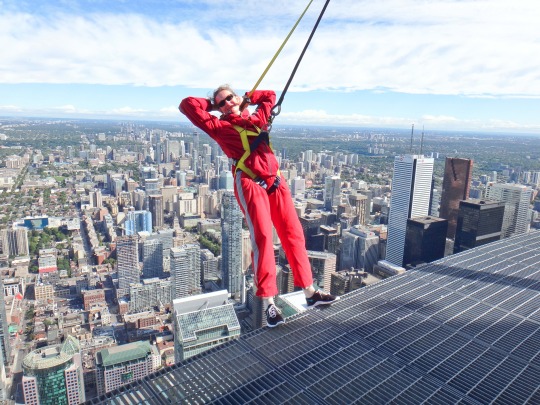
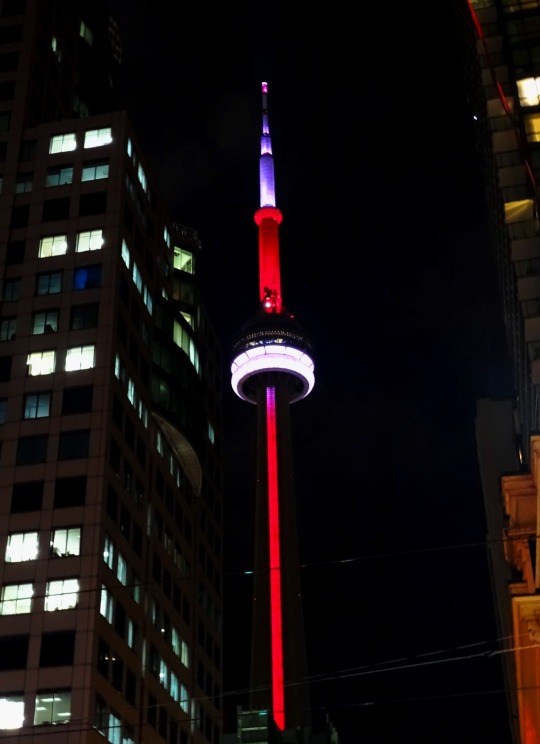

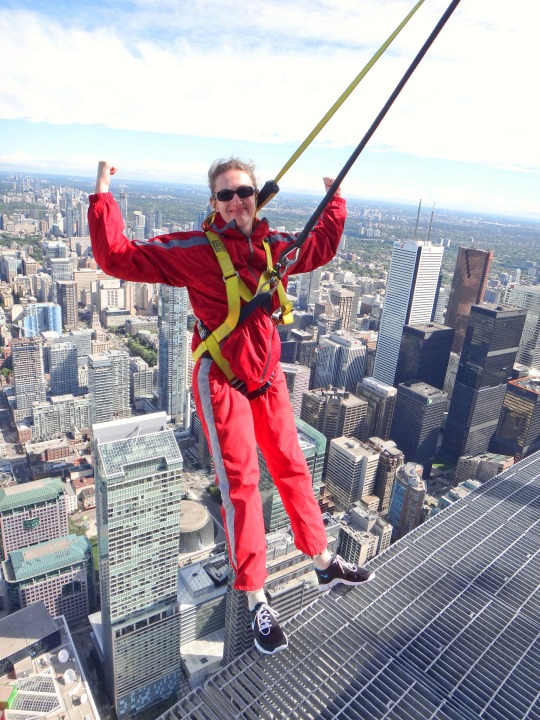


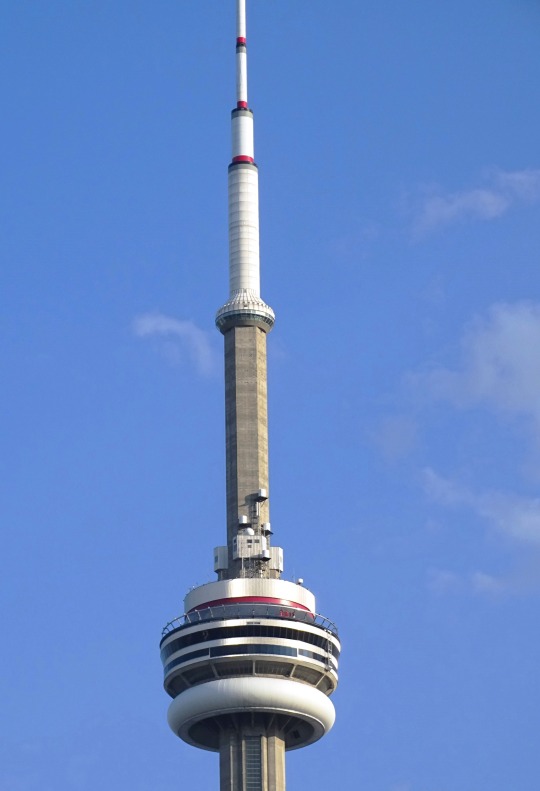
The CN Tower opened to the public on June 26, 1976.
#EdgeWalk#so much fun#summer 2015#2018#night shot#daylight#travel#290 Bremner Boulevard#WZMH Architects#Webb Zerafa#Menkes Housden#John Andrews#CN Tower#opened#26 June 1976#anniversary#Toronto#Canadian history#Ontario#cityscape#architecture#engineering#vacation#tourist attraction#landmark#Lake Ontario
2 notes
·
View notes
Photo

Lester B. Pearson Building (1968-73) in Ottawa, Canda, by Webb Zerafa Menkès
#1960s#administration#concrete#brutalism#brutalist#architecture#canada#architektur#ottawa#webb zerafa menkes
174 notes
·
View notes
Photo

West Coast Brutalism, the Harbour Center Tower by Webb, Zerafa, Menkes & Housden, c.1975, see more at Modtraveler.net #vancouver (at Vancouver, British Columbia) https://www.instagram.com/p/Bx1GiHbB02y/?igshid=uv0efqj2uyqo
1 note
·
View note
Text
Lock signals end is nigh on boxing career|Bendigo Marketer

news, local-news, Lock, Bendigo, Battle, damien, Belbin, Hosking, Arena, Zerafa IT WAS a hard night at the office for Damien Lock at the Battle of Bendigo. On a grand night for Bendigo boxing, the 40-year-old suffered a second round blockage at the hands of amazing young Tasmanian Bo Belbin, who stretched his short professional record to 2-0. The loss, Lock's second at Bendigo Stadium and fifth overall in his nine-fight profession, will likely be his last bout, with the popular Bendigo sportsman indicating it's most likely time to pull the pin on his pro-career. "That's boxing. I knew it was going to be a tough fight, I played into his hands a bit and consumed too numerous punches," he stated." I copped one in the back of my head and it knocked my balance a bit, however I simply didn't recuperate." I attempted to fight my way out of it, but the corner made the right call by pulling the pin since I'm 40-years of age and have nothing to prove." That will probably see me out. I do not believe there will be a lot of more fights - I've been cleaned up two times now in front of my house fans. "It's not what I desired, and it's not what anyone else wants, to see me lose. "I've put a lot into the sports, however that's boxing - anything can happen and it didn't work out for me this evening. "I'm not injured at all, but my mate (fitness instructor Scott Tuddenham) did the right thing by me and tossed the towel in. "It's frustrating at the time, however showing on it later I appreciate it. Lock paid full credit to Belbin for an accomplished efficiency. "He's a tough young bloke, I want him all the finest," Lock said. Lock, who kick-started his pro-career with a win at Bendigo Arena in late 2015, stated he took pride in the efforts of his stable-mate Lorrinda Webb, who lost a split decision to Reanne Ware in the night's opening bout. He was positive a set of Bendigo losses had taken no gloss off what had been a big destination for the city. "Lynden (Hosking) and his group, I keep in mind being on their very first show in 2015, and now they have actually constructed it up to this - it's quite extraordinary," he stated. "Even though I did get KO'ed, we are simply grateful to play a little part in an occasion like this. "And what's been done for the Bendigo economy, with the quantity of people they have actually brought in, has been remarkable." Have you registered to the Bendigo Advertiser's daily newsletter and breaking news e-mails? You can sign up below and make certain you are up to date with everything that's occurring in main Victoria.
https://nnimgt-a.akamaihd.net/transform/v1/crop/frm/j98Hh85wiUB5yeTBh2fLTR/5a07cd81-0603-4185-b0e9-33ad97382611.JPG/r0_76_3760_2200_w1200_h678_fmax.jpg September 1 2019- 8:12 AM Lock signals end is nigh on boxing profession Lock signals end is nigh on boxing career Damien Lock lands a blow in his bout versus Tasmania Bo Belbin at Bendigo Stadium on Saturday night
. Picture: GLENN DANIELS Lorrinda Webb and Damien
Lock in action IT WAS a difficult night at the office for Damien Lock at the Battle of Bendigo.On a grand night for Bendigo boxing, the 40-year-old suffered a 2nd round interruption at the hands of exciting young Tasmanian Bo Belbin, who stretched his short professional record to 2-0. The loss, Lock's second at Bendigo Stadium and fifth total in his nine-fight career, will likely be his
last bout, with the popular Bendigo sportsperson showing it's most likely time to pull the pin on his pro-career." That's boxing. I understood it was going to be a difficult battle, I played into his hands a bit and ate too many punches, "he said. "I copped one in the back of my head and it knocked my balance a bit, but I simply didn't recover." I attempted to eliminate my method out of it, however the corner made the best call by pulling the pin because I'm 40-years of age and have absolutely nothing to prove." That will probably see
me out. I do not think there will be a lot of more fights- I have actually been cleaned up two times now in front of my home fans.
" It's not what I desired, and it's not what anybody else wants, to see me lose.
" I've put a lot into the sports, however that's boxing- anything can take place and it didn't work out for me tonight." I'm not harmed at all, however my mate( trainer Scott Tuddenham) did the ideal thing by me and threw the towel in. "It's frustrating at the time, however reviewing it later I value it.Lock paid full credit to Belbin for an accomplished performance." He's a hard young chap, I want him all the very best, "Lock said.That will most likely see me out. I don't think there will be too lots of more fights.Lock, who kick-started his
pro-career with a win at Bendigo Arena in late 2015, said he took pride in the efforts of his stable-mate Lorrinda Webb, who lost a split choice to Reanne Ware in the night's opening bout.He was positive a set of Bendigo losses had actually taken no gloss off what had actually been a big
attraction for the city." Lynden (Hosking )and his group, I keep in mind being on their very first program in 2015, and now they have actually built it up to this- it's rather extraordinary, "he stated." Although I did get KO'ed, we are simply grateful to play a little part in an event like this." And what's been provided for the Bendigo economy, with the quantity of individuals they have brought in, has actually been amazing.
" Have you signed up to the Bendigo Advertiser's daily newsletter and breaking news emails? You can sign up below and make certain you depend on date with whatever that's taking place in main Victoria.
0 notes
Text
The CN Tower
The CN Tower and the Toronto Harbor viewed from the Toronto City Centre Airport. Français : La tour CN et le port de Toronto (Canada) vus depuis l'aéroport du centre-ville.
The CN Tower (French: Tour CN) is a 553.33 m-high (1,815.4 ft) concrete communications and observation tower in Downtown Toronto, Ontario, Canada.[3][6] It was completed in 1976, becoming the world's tallest free-standing structure and world's tallest tower at the time. It held both records for 34 years until the completion of Burj Khalifa and Canton Tower in 2010. It remains the tallest free-standing structure in the Western Hemisphere, a signature icon of Toronto's skyline, and a symbol of Canada,[7][8] attracting more than two million international visitors annually.[5][9]
Its name "CN" originally referred to Canadian National, the railway company that built the tower. Following the railway's decision to divest non-core freight railway assets, prior to the company's privatization in 1995, it transferred the tower to the Canada Lands Company, a federal Crown corporation responsible for real estate development. Since the name CN Tower became common in daily usage, the abbreviation was eventually expanded to Canadian National Tower or Canada's National Tower. However, neither of these names is commonly used.[10]
In 1995, the CN Tower was declared one of the modern Seven Wonders of the World by the American Society of Civil Engineers. It also belongs to the World Federation of Great Towers, where it holds second-place ranking.[11][12][5]
The idea of the CN Tower originated in 1968 when the Canadian National Railway had a desire to build a large TV and radio communication platform to serve the Toronto area, as well as demonstrate the strength of Canadian industry and CN in particular. These plans evolved over the next few years, and the project became official in 1972. The tower would have been part of Metro Centre (see CityPlace), a large development south of Front Street on the Railway Lands, a large railway switching yard that was being made redundant by newer yards outside the city. Key project team members were NCK Engineering as structural engineer; John Andrews Architects; Webb, Zerafa, Menkes, Housden Architects; Foundation Building Construction; and Canron (Eastern Structural Division).[3][4][6]
At the time, Toronto was a boom town, and the late 1960s and early 1970s had seen the construction of numerous large skyscrapers in the downtown core, most notably First Canadian Place. This made broadcasting into the downtown area very difficult due to reflections off the buildings. The only solution was to raise the antennas above the buildings, demanding a tower over 300 m (980 ft) tall. Additionally, at the time, most data communications took place over point-to-point microwave links, whose dish antennae covered the roofs of large buildings. As each new skyscraper was added to the downtown, former line-of-sight links were no longer possible. CN intended to rent "hub" space for microwave links, visible from almost any building in the Toronto area. The CN Tower can be seen from at least as far away as Kennedy Street in Aurora, Ontario, approximately 40 km (25 mi) to the north, 60 km (37 mi) east of Toronto, in Oshawa, and from several points on the south shore of Lake Ontario, 48 km (30 mi) to the south in New York state in the United States.[5][6]
In August 1974, construction of the main level commenced. Using 45 hydraulic jacks attached to cables strung from a temporary steel crown anchored to the top of the tower, twelve giant steel and wooden bracket forms were slowly raised, ultimately taking about a week to crawl up to their final position. These forms were used to create the brackets that support the main level, as well as a base for the construction of the main level itself. The Space Deck (currently named SkyPod) was built of concrete poured into a wooden frame attached to rebar at the lower level deck, and then reinforced with a large steel compression band around the outside.[13]
The antenna was originally to be raised by crane as well, but during construction the Sikorsky S-64 Skycrane helicopter became available when the United States Army sold off theirs to civilian operators. The helicopter, named "Olga", was first used to remove the crane, and then flew the antenna up in 36 sections. The flights of the antenna pieces were a minor tourist attraction of their own, and the schedule was printed in the local newspapers. Use of the helicopter saved months of construction time, with this phase taking only three and a half weeks instead of the planned six months. The tower was topped off on April 2, 1975 after 26 months of construction, officially capturing the height record from Moscow's Ostankino Tower, and bringing the total mass to 118,000 t (130,073 short tons; 116,136 long tons).
Two years into the construction, plans for Metro Centre were scrapped, leaving the tower isolated on the Railway Lands in what was then a largely abandoned light-industrial space. This caused serious problems for tourists to access the tower. Ned Baldwin, project architect with John Andrews, wrote at the time that "All of the logic which dictated the design of the lower accommodation has been upset," and that "Under such ludicrous circumstances Canadian National would hardly have chosen this location to build."[14]
#United States#Toronto#CN Tower#Canton Tower#Canadian National Railway#Canada#Burj Khalifa#American Society of Civil Engineers
0 notes
Photo

As I came out of St.Andrew Station, I figured i’d find nothing new as I’d been there many times before but was immediately taken aback at how much i’d never really seen. The architecture of the buildings on University Avenue left me in awe. I had to sneak in a picture.
Sun Life Financial Tower, Webb Zerafa Meneks Housden
0 notes
Text













On August 1, 2011, the CN Tower opened the EdgeWalk.
#EdgeWalk#so much fun#original photography#summer 2015#Toronto#Lake Ontario#CN Tower#Canadian National Tower#WZMH Architects#Canada's National Tower#Menkes Housden#Webb Zerafa#John Andrews#290 Bremner Boulevard#architecture#engineering#2018#cityscape#view#tourist attraction#landmark#1 August 2011#opened#anniversary#Canadian history#travel#vacation#Ontario#Canada
1 note
·
View note
Photo

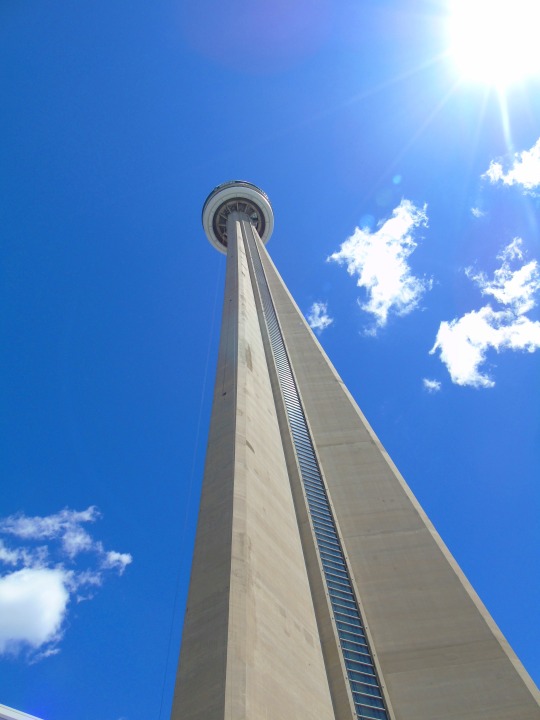

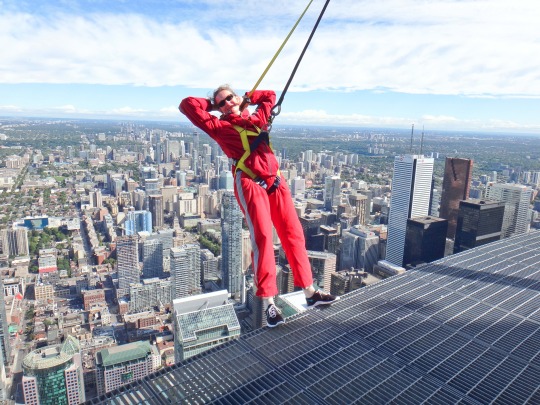

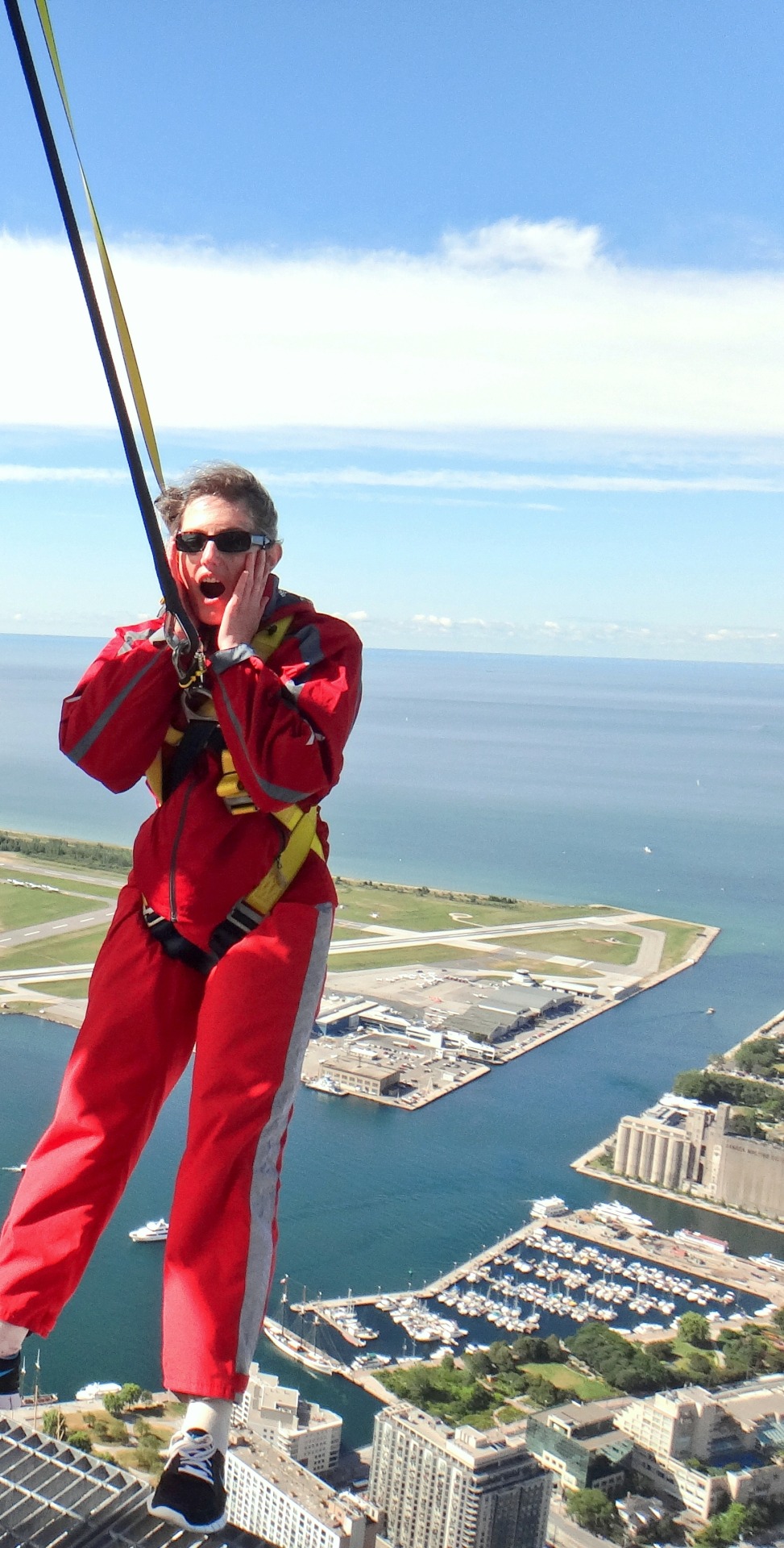

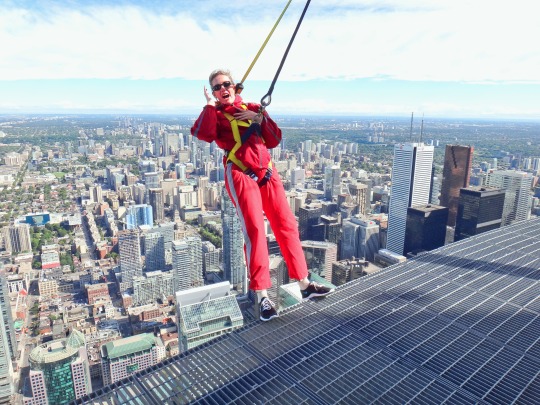
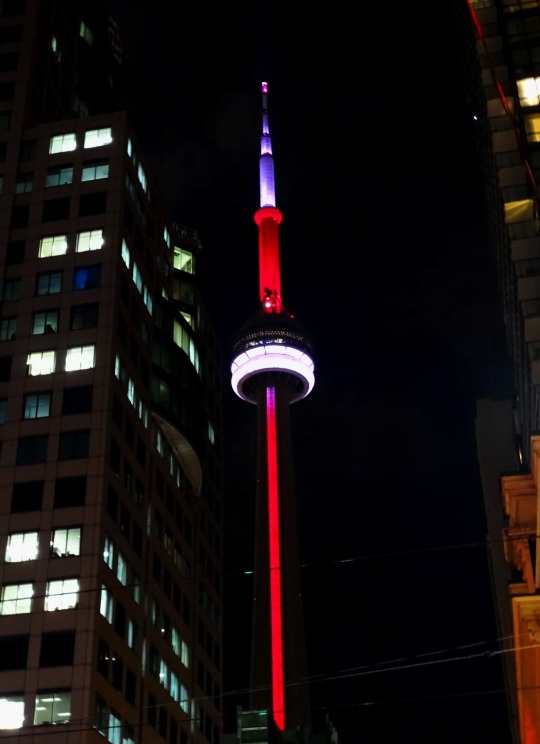
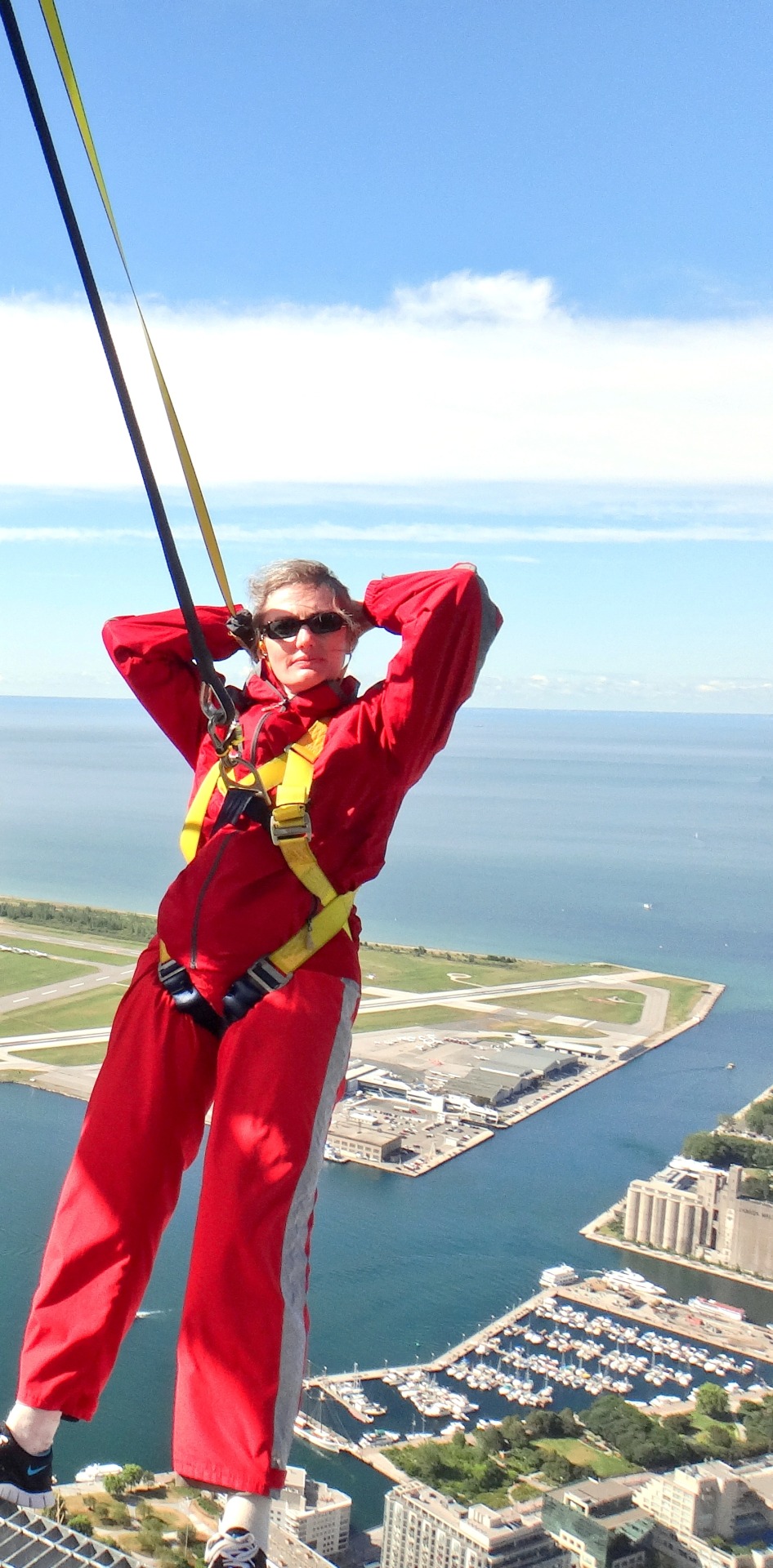
On August 1, 2011, the CN Tower opened the EdgeWalk.
#EdgeWalk#so much fun#original photography#summer 2015#Toronto#Lake Ontario#CN Tower#Canadian National Tower#WZMH Architects#Canada's National Tower#Menkes Housden#Webb Zerafa#John Andrews#290 Bremner Boulevard#architecture#engineering#2018#cityscape#view#tourist attraction#landmark#1 August 2011#opened#anniversary#Canadian history#travel#vacation#Ontario#Canada
1 note
·
View note
Photo










On August 1, 2011, the CN Tower opened the EdgeWalk.
#EdgeWalk#opened#so much fun#1 August 2011#10th anniversary#travel#summer 2015#Canadian history#architecture#cityscape#original photography#Toronto#Ontario#Lake Ontario#Canada#landmark#tourist attraction#WZMH Architects#Menkes Housden#Webb Zerafa#John Andrews#engineering#vacation#looking down#on the edge#Toronto Islands#nature
1 note
·
View note
Photo










The CN Tower opened to the public on June 26, 1976, although the official opening date was October 1, 1976.
#CN Tower#opened#26 June 1976#anniversary#Canadian history#travel#WZMH Architects#John Andrews#Menkes Housden#Webb Zerafa#view#EdgeWalk#so much fun#Toronto#Ontario#Canada#Lake Ontario#architecture#landmark#tourist attraction#urban photography#cityscape#summer 2015#2018#Fowl Play by Tom Burrows#night shot#illuminated#marina#Canadian National Tower#Canada's National Tower
2 notes
·
View notes
Photo










The CN Tower opened to the public on June 26, 1976, although the official opening date was October 1, 1976.
#CN Tower#opened#26 June 1976#anniversary#history#landmark#travel#Toronto#Ontario#Canada#John Andrews#Webb Zerafa#Menkes Housden#public art#summer 2015#2018#original photography#EdgeWalk#daylight#night shot#cityscape#tourist attraction#architecture#engineering#marina#Canadian National Tower#main pod
2 notes
·
View notes
Photo

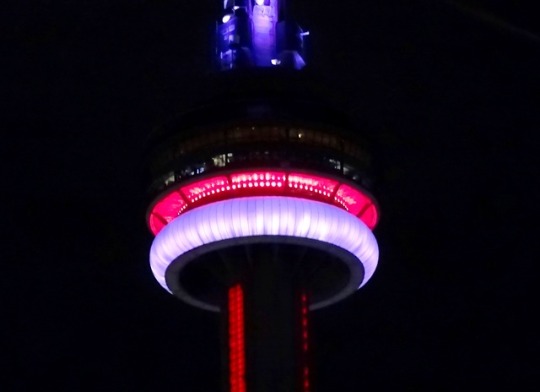

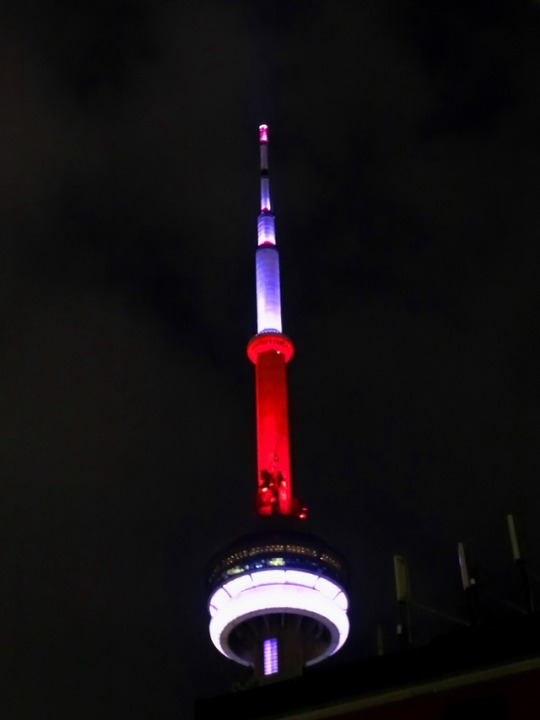
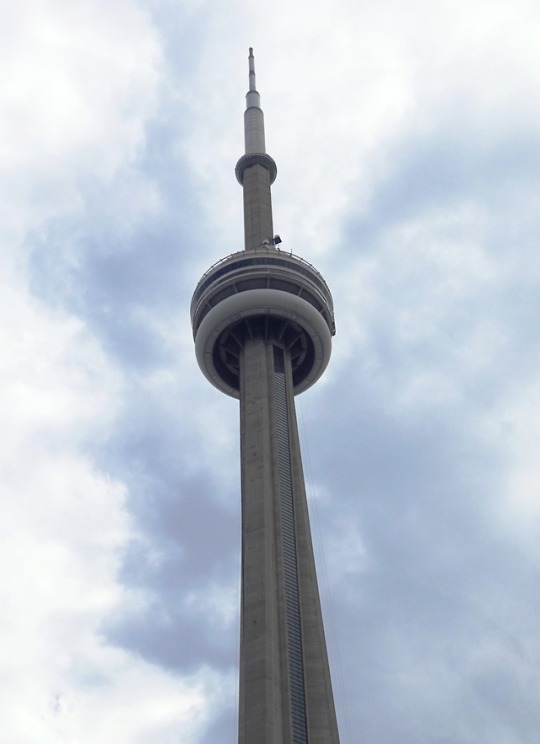
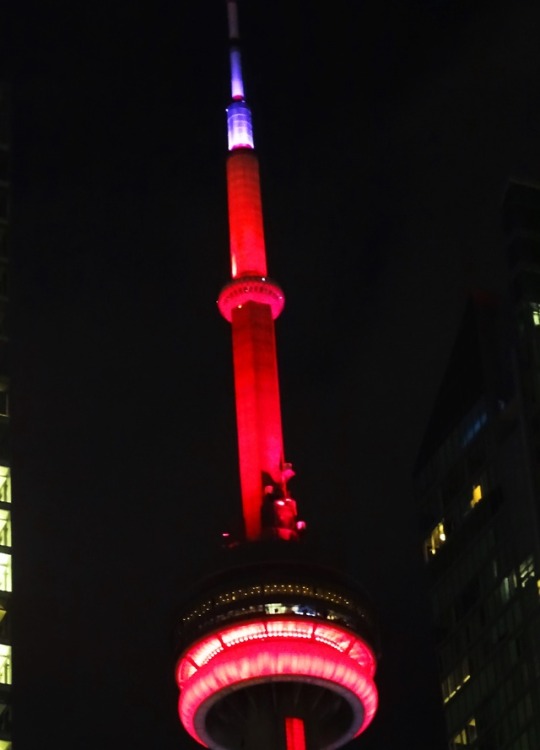
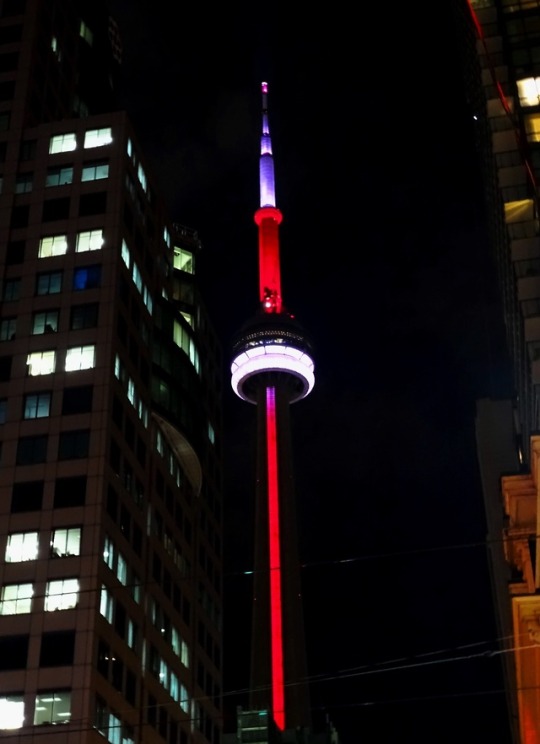


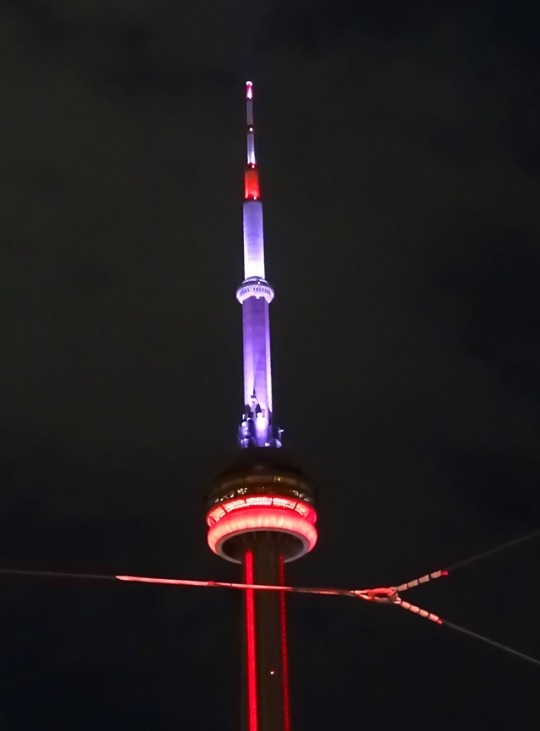
CN Tower, Toronto (No. 2)
The original concept of the CN Tower originated in 1968 when the Canadian National Railway wanted to build a large TV and radio communication platform to serve the Toronto area, as well as demonstrate the strength of Canadian industry and CN in particular. These plans evolved over the next few years, and the project became official in 1972.
The tower would have been part of Metro Centre (see CityPlace), a large development south of Front Street on the Railway Lands, a large railway switching yard that was being made redundant by newer yards outside the city. Key project team members were NCK Engineering as structural engineer; John Andrews Architects; Webb, Zerafa, Menkes, Housden Architects; Foundation Building Construction; and Canron (Eastern Structural Division).
As Toronto grew rapidly during the late 1960s and early 1970s, multiple skyscrapers were constructed in the downtown core, most notably First Canadian Place. The reflective nature of the new buildings compromised the quality of broadcast signals necessitating new, higher antennas that were at least 300 m (980 ft) tall.
At the time, most data communications took place over point-to-point microwave links, whose dish antennae covered the roofs of large buildings. As each new skyscraper was added to the downtown, former line-of-sight links were no longer possible. CN intended to rent "hub" space for microwave links, visible from almost any building in the Toronto area.
The CN Tower can be seen from at least as far away as Kennedy Street in Aurora, Ontario, approximately 40 km (25 mi) to the north.It is also viewable to the naked eye from 60 km (37 mi) east of Toronto in Oshawa, several points along the Niagara Escarpment west of Toronto in Hamilton, Ontario, and 48 km (30 mi) to the south from Fort Niagara State Park in the U.S. state of New York.
The original plan for the tower envisioned a tripod consisting of three independent cylindrical "pillars" linked at various heights by structural bridges. Had it been built, this design would have been considerably shorter, with the metal antenna located roughly where the concrete section between the main level and the SkyPod lies today. As the design effort continued, it evolved into the current design with a single continuous hexagonal core to the SkyPod, with three support legs blended into the hexagon below the main level, forming a large Y-shape structure at the ground level.
The idea for the main level in its current form evolved around this time, but the Space Deck (later renamed SkyPod) was not part of the plans until some time later. One engineer in particular felt that visitors would feel the higher observation deck would be worth paying extra for, and the costs in terms of construction were not prohibitive. It was also some time around this point that it was realized that the tower could become the world's tallest structure, and plans were changed to incorporate subtle modifications throughout the structure to this end.
Source: Wikipedia
#CN Tower#I did the EdgeWalk back in 2015#a lot of fun#night shot#Toronto#illuminated#original photography#cityscape#architecture#engineering#WZMH Architects#main pod#tourist attraction#summer 2018#Ontario#vacation#travel#Canada#Tour CN#RBC Centre#skyscraper#daylight#SkyPod
1 note
·
View note